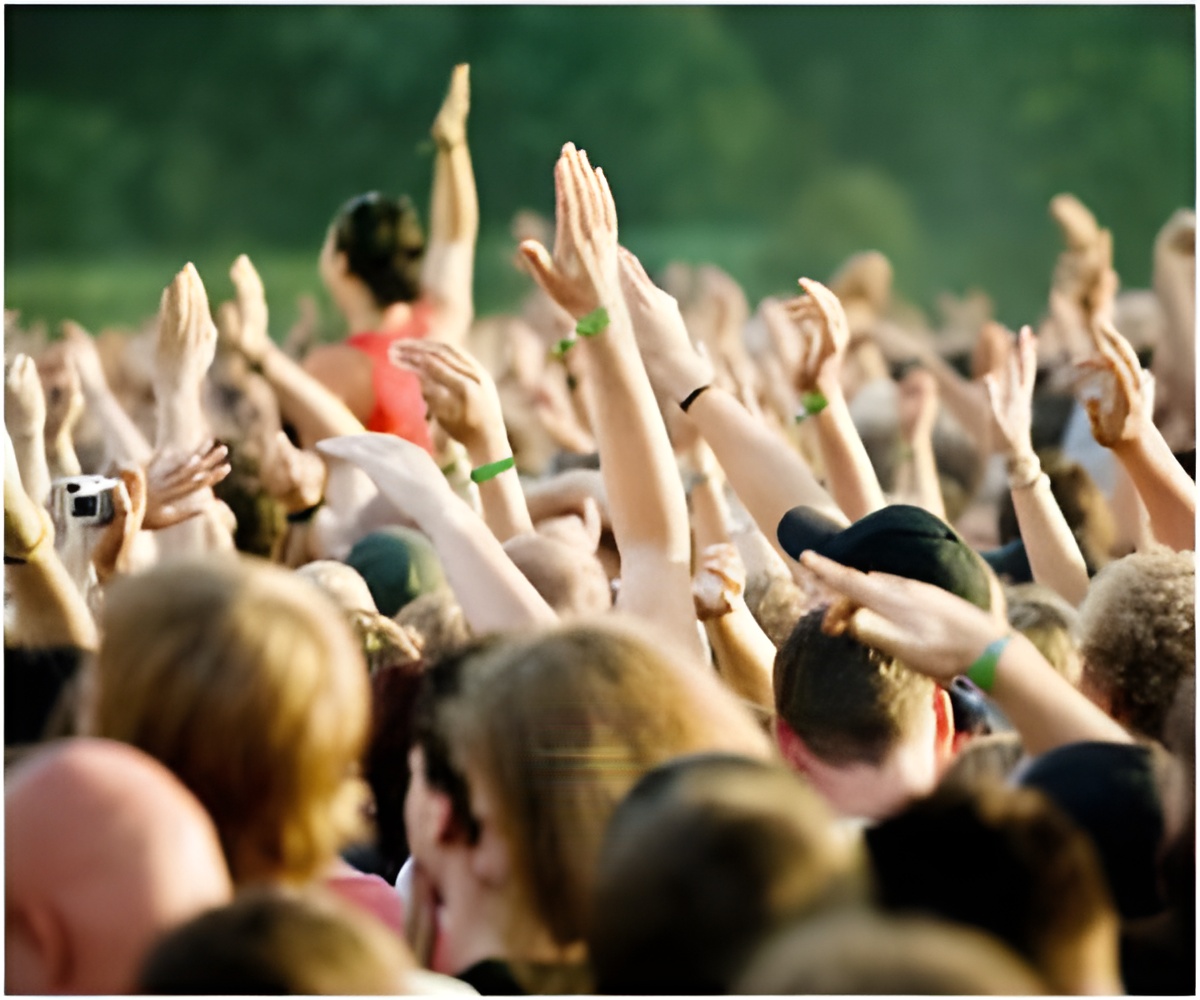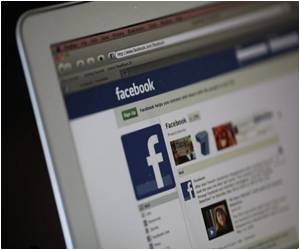
"That position - the arms raised high - evokes triumph and it's very ancient," said Margaret J. King, director of the Center for Cultural Studies and Analysis in Philadelphia.
That traditional victory stance, rooted in the older, limbic portion of our brains where base emotions are fuelled, may have been flashed when the earliest humans celebrated their first conquests, King suggests.
"I'm a cultural analyst but I use anthropology and I would bet that comes from a good hunt, from having successfully hunted and killed prey," msnbc.com quoted King as saying.
"The Plains Indians' dances used this as well, where the arms were over the heads, and that's really, really important for group morale: 'We won!'" she noted.
Scholars speculate that Neanderthals some 30,000 years ago had neck structures that gave them the ability to produce sounds similar to modern humans. If that's so, why is body language still such a rich and vital part of our communication? Why didn't evolution long ago wean away our need to silently reveal our inner feelings through postures and gestures?
Advertisement
"That brain is still ticking away; all research based on evolutionary psychology demonstrates that we are living in the 21st century with that same ancestral brain. This is what is called hard wiring. We still have the same bodily workshop. We just do different stuff in that workshop," she explained.
Advertisement
Fair enough, but according to Charles Darwin's theory of natural selection, certain traits are passed from generation to generation that allow human offspring to be better suited to survive this world. How does unintentionally broadcasting your anger, sadness or frustration through "negative body language" help you - or your great-great grandchildren - endure? Why hasn't evolution sapped those awkward poses (hands on hips, crossed arms) from our nonverbal playbook?
While those signals subliminally convey bad feelings, they also alert others around us - hopefully friends or colleagues - that the person fidgeting, fumbling or looking forlorn may be in some emotional trouble. These unintended expressions are, in a sense, silent 911 calls.
"Communicating anxiety or sadness is not bad at all," said Kravetz, author of "Relating Effectively." "These are just as important ... as feeling happy, excited and other positive states of mind. Body language helps us more fully communicate with another humans irrespective of what we are (saying)."
And in the workplace, if such "negative" body language is expressed among close company allies, "the sense of the group is: this guy is frustrated; something is off base here," King said. "It's a signal that the group needs to address this issue together - that we need to do something
"We have to work in teams. Human life is highly social and highly territorial. It explains a lot of our behaviour," she added. But like our ancient ancestors, "body language helps us relate to other people."
Source-ANI









